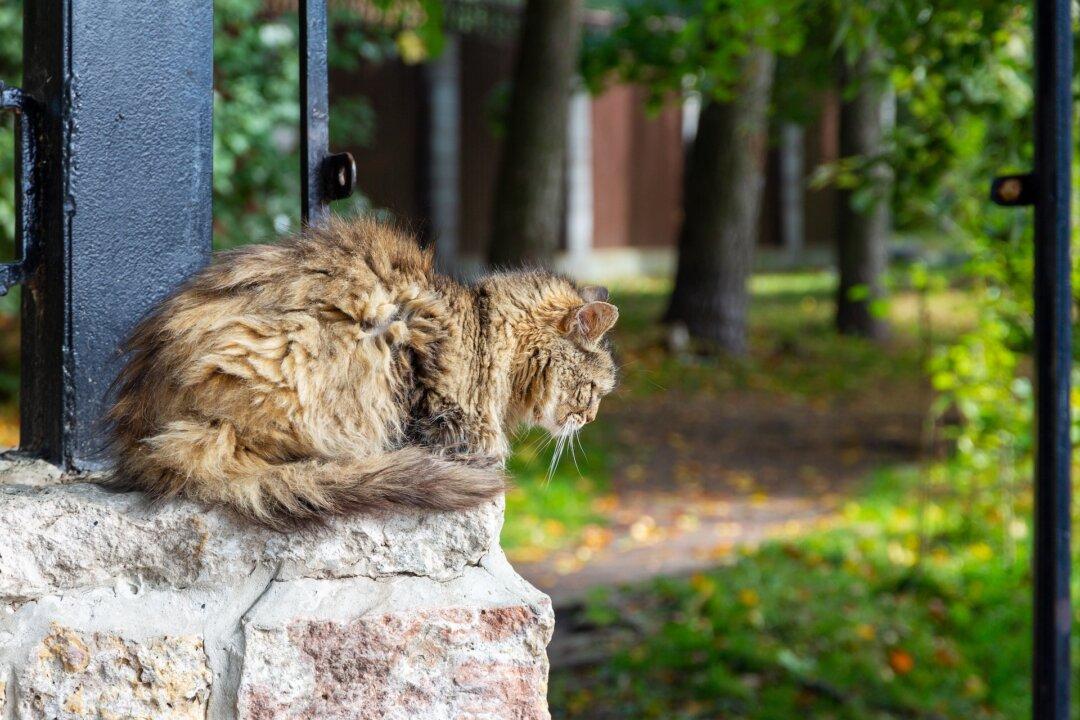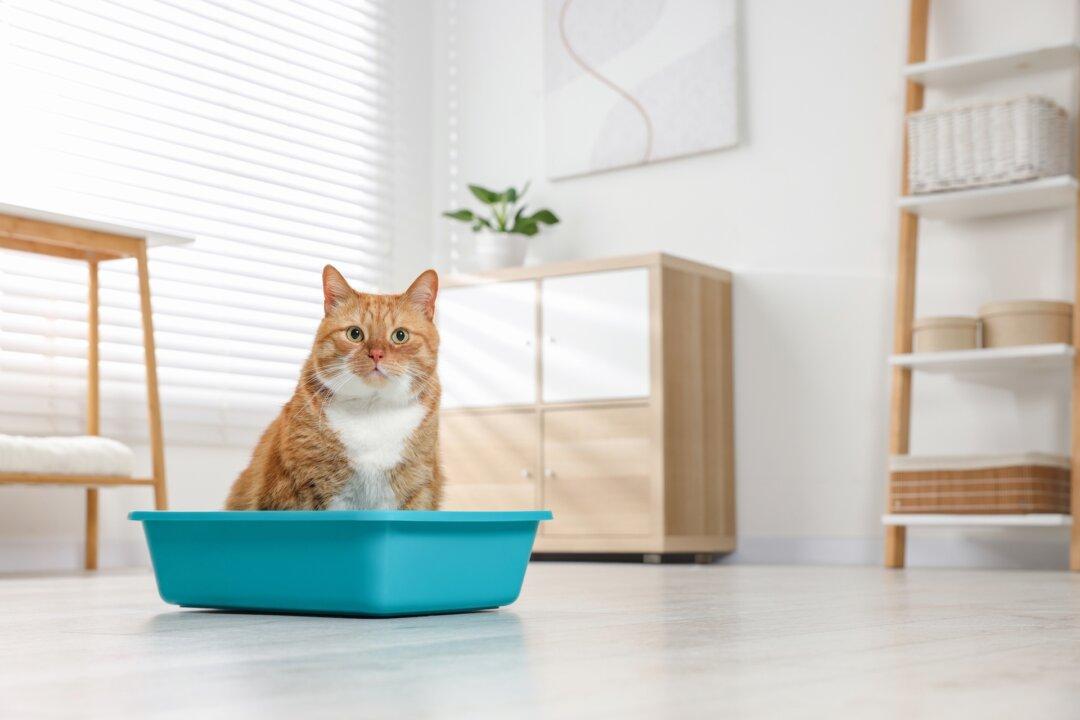Q: Our 12-year-old cat, Chia, is matted over her low back, just above her tail. What is causing the mats, and how can we remove them? She nips at us when we try to brush or comb them out.
A: Cats groom themselves to clean their coats and remove loose fur. When they don’t groom, their fur mats. Mats cause discomfort and block air to the skin, increasing the risk of skin infection.
A cat that stops all grooming usually doesn’t feel good. I suspect Chia is not sick, though, because she grooms everywhere except her low back.
Therefore, she may be unable to comfortably reach this area that includes her lumbar spine and pelvis. The problem is common in overweight cats and those with osteoarthritis, also called degenerative joint disease, or DJD, particularly if it affects the spine or hips.
Research shows that almost every senior cat suffers from DJD. They usually don’t limp, because DJD generally affects both sides of the cat’s body equally. Radiographs, sometimes called X-rays, can help confirm the diagnosis.
If Chia has DJD of her spine or hips, twisting around to groom her back end will cause pain. Fortunately, many therapies are available to relieve feline pain.
The first step is to have Chia’s veterinarian examine her and shave off her mats.
If Chia is overweight, her vet can recommend a weight-loss program. If the diagnosis is DJD, then supplements, pain medications and other treatments, such as laser therapy and acupuncture, can help.
You'll know Chia is comfortable when she again grooms her entire body by herself.
Q: Rudy, our 1-year-old Rottweiler-Labrador mix, has been limping on one of his front legs and standing with the leg rotated so his elbow is out to the side. His veterinarian X-rayed his leg and diagnosed elbow dysplasia.
She advised low-impact activity and weight loss, and she prescribed an anti-inflammatory pain reliever, joint supplements, a diet change and physical therapy.
The vet said Rudy may need surgery and referred us to a veterinary orthopedic surgeon. Before we meet with the surgeon, please educate us about this condition.
A: Elbow dysplasia is the most common cause of front limb lameness in young dogs.
The inherited disorder, which can affect one or both elbows, most often targets large- and giant-breed dogs. Risk is twice as high in males as females.
The name comes from Greek, where “dys-” means abnormal and “-plasia” refers to formation. So, Rudy’s elbow has developed abnormally.
Three bones meet to form the elbow: the humerus, or upper arm bone, and the radius and ulna, the two bones of the lower arm. Yes, a dog’s front “legs” are actually arms.
Elbow dysplasia occurs when the three bones don’t align perfectly. The result is that the elbow cartilage wears unevenly, eventually producing osteoarthritis, also known as degenerative joint disease.
Clinical signs, which usually begin between 6 and 18 months of age, include those you’ve seen in Rudy plus elbow pain, swelling, creaking and decreased range of motion.
The treatment Rudy’s veterinarian recommended is customary, so I’m sure he will feel better soon.







